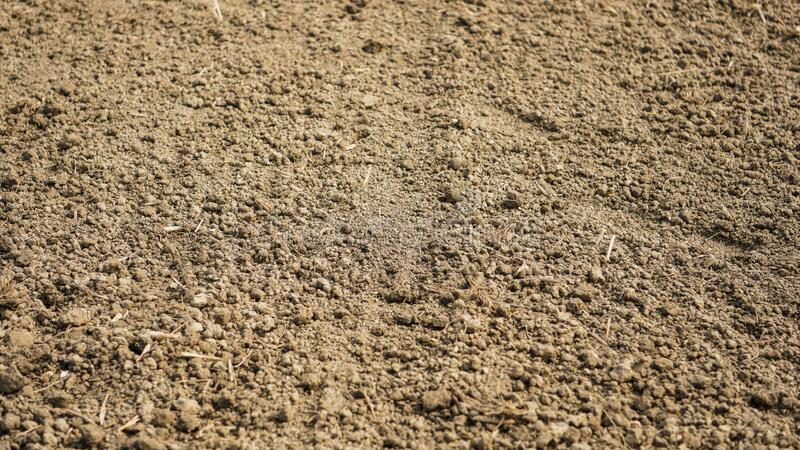Soil Types – Silty Soil
If your soil contains silt, consider adding a cover crop. These plants act as a physical barrier to protect soil particles from erosion, and they anchor the soil with their roots. Common silty soil cover crops include buckwheat and berseem clover. Avoid tilling your soil, which can accelerate erosion and break up soil aggregates. Low-till gardening is a better option.
Structure of Silty Soil
Silty soil can be smooth to the touch, and it is relatively permeable, compared to clay soil. When mixed with water, it has a porous structure and can quickly draw water to the surface. However, if water is allowed to percolate into the soil, it will quickly run back into the soil, deforming the soil pat. In addition, this type of soil tends to expand against the foundation of a structure, weakening it.

Care for better production from Silty soil:
This type of soil is a good choice for fruit trees and ornamental plants. It is usually dark brown or black and feels soft to the touch. Organic matter should be added to silty soil at least one inch per year to keep the soil moist. In addition to organic matter, silty soils should be heavily mulched to retain water.
Nutrition in Silty soil:
Silty soil is considered a rich soil, containing high levels of nutrients for plant growth. It has higher fertility ratings than clay soil and sandy soil. This is because silty soil particles are medium-sized and can hold water and nutrients longer. The soil is very suitable for planting roses, ferns, and bulb plants.
Benefits of Silty soil:
Because silt and clay particles are close to each other, silty soil does not develop a hardpan. Moreover, silty soil does not get waterlogged during winter months. It also tends to hold water and improves drainage. Added organic matter will help increase the soil’s organic matter.
A good texture for plant growth:
The texture of silty soil determines how plants grow. Its relative proportions of clay, sand, and silt will affect the amount of water, nutrients, and minerals in the soil. To help determine the specific type of soil in your garden, you can take a soil sample. If you’re unsure of its texture, visit a local extension agency.
Silty soil used for plants and herbs:
Silty soil is often used to grow vegetables and herbs. But, the soil needs to be tilled before spreading the compost on it. This will help distribute the organic material evenly throughout the soil. The result is healthy plants. If you do this, you can also apply dried leaves over the soil bed.
Additions need to make in Silty soil:
Silty soil is characterized by a combination of clay and sand. It is ideal for growing crops, flowers, and turf grass. However, all soils need to be managed to ensure good soil health. It is also important to add products with microbes that will help support a healthy ecosystem in the soil.

